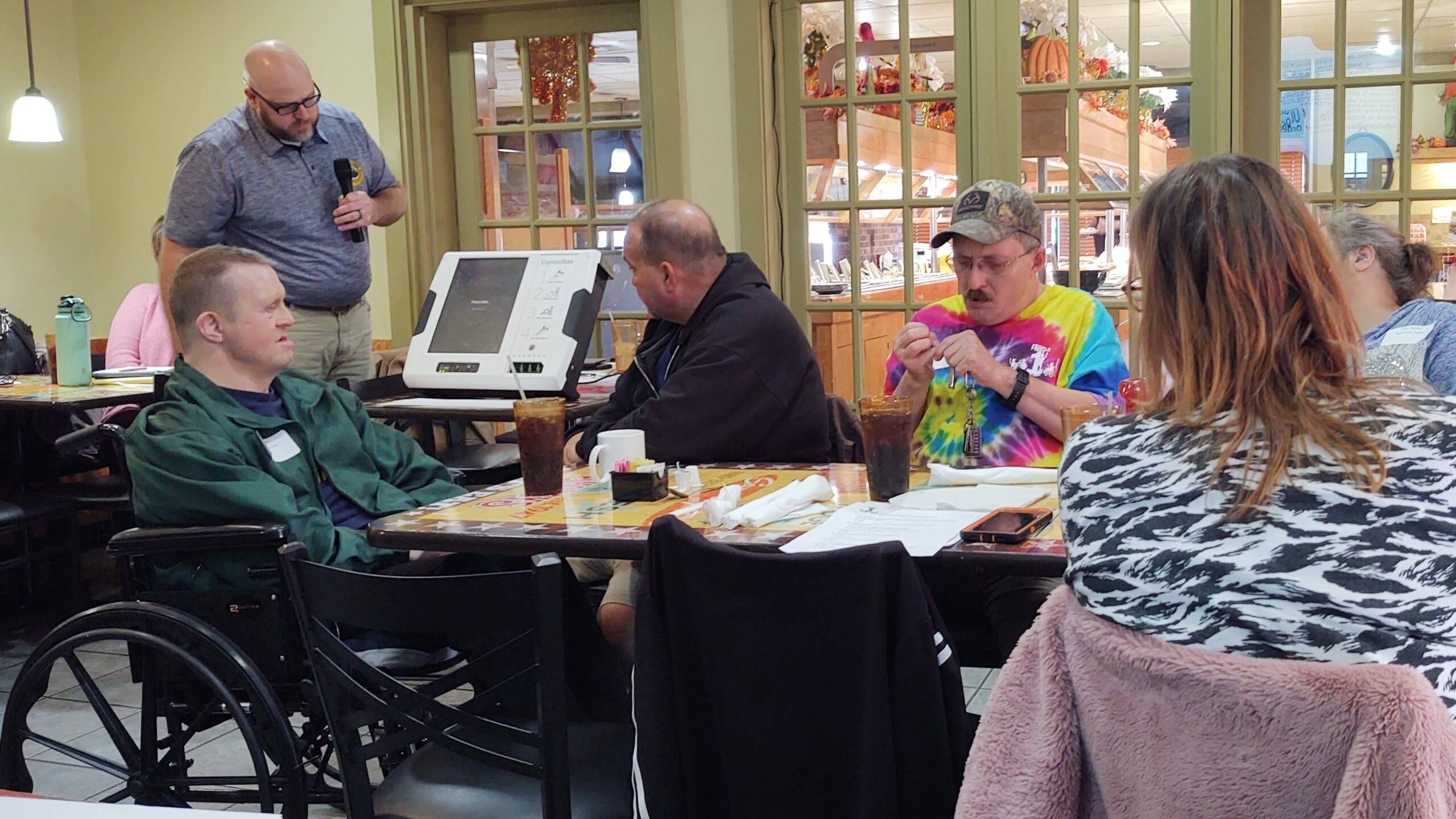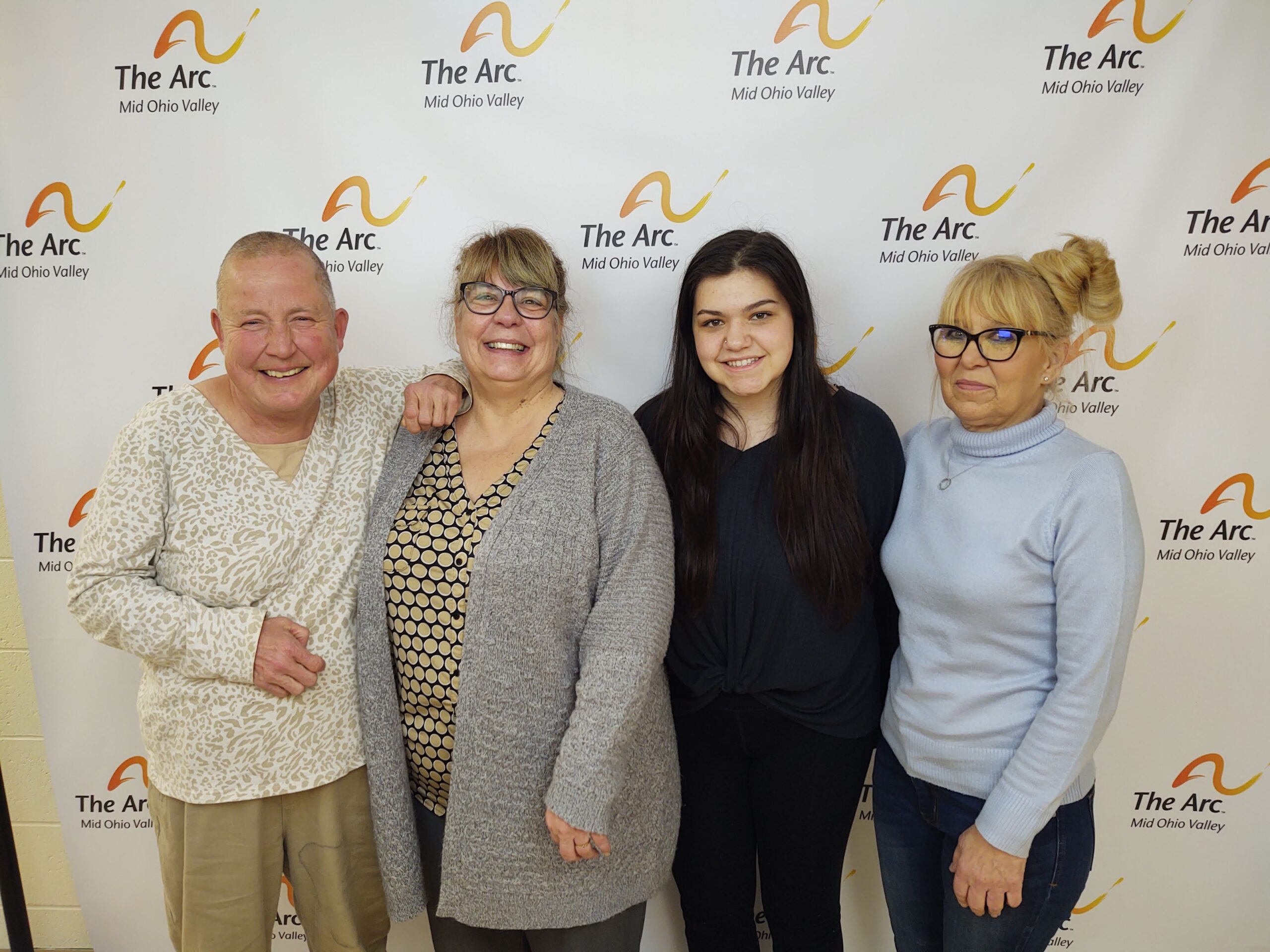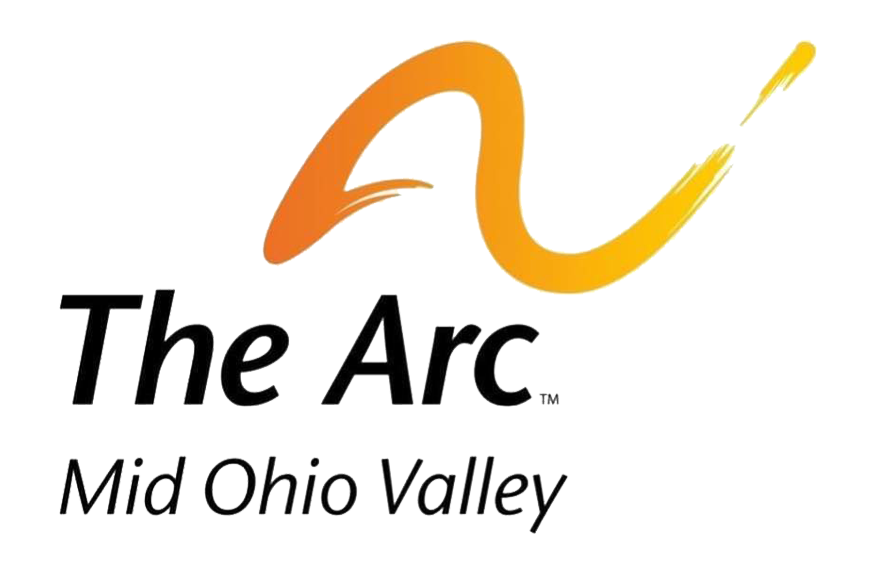
Who are People with Disabilities?
People with disabilities are — first and foremost, people — people who have individual abilities, interests and needs. For the most part, they are ordinary individuals seeking to live ordinary lives. People with disabilities are moms, dads, sons, daughters, sisters, brothers, friends, neighbors, coworkers, students and teachers. About 54 million Americans — one out of every five individuals — have a disability. Their contributions enrich our communities and society as they live, work and share their lives.
Images Must Be Changed!
Historically, people with disabilities have been regarded as individuals to be pitied, feared or ignored. They have been portrayed as helpless victims, repulsive adversaries, heroic individuals overcoming tragedy, and charity cases who must depend on others for their well being and care. Media coverage frequently focused on heartwarming features and inspirational stories that reinforced stereotypes, patronized and underestimated individuals’ capabilities.
Much has changed lately. New laws, disability activism and expanded coverage of disability issues have altered public awareness and knowledge, eliminating the worst stereotypes and misrepresentations. Still, old attitudes, experiences and stereotypes die hard.
People with disabilities continue to seek accurate portrayals that present a respectful, positive view of individuals as active participants of society, in regular social, work and home environments. Additionally, people with disabilities are focusing attention on tough issues that affect quality of life, such as accessible transportation, housing, affordable health care, employment opportunities and discrimination.
See the “What Should I Say?” Section for specific words to say and those to avoid
What Should I Say?
A disability, like gender and ethnicity, is simply one of many natural characteristics of being human. One in five Americans is a person with a disability! People with disabilities cannot be defined by this one characteristic, any more than others can be defined by their gender, ethnicity, religion, sexual orientation, hair color, or anything else!
People with disabilities constitute our nation’s largest minority group, which is simultaneously the most inclusive and the most diverse! Everyone’s represented: people of both genders and of all ages, as well as individuals from all religions, ethnic backgrounds, and socioeconomic levels. Yet the only thing people with disabilities truly have in common with one another is dealing with societal misunderstanding, prejudice, and discrimination.
Furthermore, the “disability community” is the only minority group which anyone can join, at any time. Some join at birth. Others join in the split second of an accident, through illness, or by the aging process. If and when it happens to you, will you have more in common with others who have disabilities or with family, friends, and co-workers? And how will you want to be described? How will you want to be treated? Disability issues affect all Americans!
| SAY: | INSTEAD OF: |
| People with disabilities | The handicapped or disabled |
| Accessible parking, hotel room | Handicapped parking, hotel |
| She’s of short stature/she’s a little person | She’s a dwarf/midget |
| She has a learning disability | She’s learning disabled |
| He has an intellectual disability | He’s mentally retarded; retard |
| He receives special education services | He’s in special ed |
| She uses a wheelchair | She’s wheelchair bound |
| She has autism | She’s autistic |
| Congenital disability | Birth defect |
Disablity Etiquette

People with disabilities are entitled to the same courtesies you would extend to anyone, including personal privacy. If you find it inappropriate to ask other people about certain information (wages, age, etc.), extend the courtesy to people with disabilities. Disability Etiquette is not always about being politically correct, it is about respecting everyone as an individual.
• When talking with someone who has a disability, speak directly to him or her, rather than through a companion who may be along.
• Treat adults as adults. Call a person by his or her first name only when you extend this familiarity to everyone present. Do not speak to adults in a baby-voice, as you would to small children.
• To get the attention of a person who has a hearing disability, tap the person on the shoulder or wave your hand. Look directly at the person and speak clearly, slowly and expressively to establish if the person can read your lips. Not everyone with hearing impairments can lip-read. Those who do will rely on facial expressions and other body language to help understand. Show consideration by facing a light source and keeping your hands and food away from your mouth when speaking. Keep mustaches well-trimmed. Shouting won’t help, but written notes will.
• When talking with a person using a wheelchair for more than a few minutes, place yourself at the wheelchair user’s eye level to spare both of you a stiff neck.
• Relax. Don’t be embarrassed if you happen to use common expressions, such as “See you later” or “I’ve got to run”, that seem to relate to the person’s disability.
• When greeting a person with a severe loss of vision, always identify yourself and others who may be with you. Say, for example, “On my right is Andy Clark”. When conversing in a group, remember to say the name of the person to whom you are speaking to give vocal cue. Speak in a normal tone of voice, indicate when you move from one place to another, and let it be known when the conversation is at an end.
• Give whole, unhurried attention when you’re talking to a person who has difficulty speaking. Keep your manner encouraging rather than correcting, and be patient rather than speak for the person. When necessary, ask questions that require short answers or a nod or shake of the head. Never pretend to understand if you are having difficulty doing so. Repeat what you understand. The person’s reaction will guide you to understanding.
Common Courtesies
If you would like to help someone with a disability, ask if he or she needs it before you act, and listen to any instructions the person may want to give.
When giving directions to a person in a wheelchair, consider distance, weather conditions and physical obstacles such as stairs, curbs and steep hills.
If you don’t make a habit of leaning or hanging on people, don’t lean or hang on someone’s wheelchair. Wheelchairs are an extension of personal space. Don’t patronize people who use wheelchairs by patting them on the head.
When directing a person with a visual impairment, use specifics such as “left a hundred feet” or “right two yards”.
When you offer to assist someone with a vision impairment, allow the person to take your arm. This will help you to guide, rather than propel or lead, the person.
Be considerate of the extra time it might take a person with a disability to get things done or said. Let the person set the pace in walking and talking.
When Meeting Friends With Disabilities:

These Helpful Hints are printed on bookmarks included in the Friends Who Care Teachers’ Guide.
Yes, disability is natural, and it can be redefined as a “body part that works differently.” A person with a physical disability has legs or arms that work differently, a person with a cognitive disability learns differently, a person with autism has a brain that works differently, and so forth. And when we recognize that the body parts of people without disabilities are different, we’ll also recognize that it’s the “degree of difference”—the way these differences affect people and/or the need for services, entitlements, or legal protections—which creates the need for labels.
1. It’s okay to offer your help to someone, but don’t just go ahead. Ask first. Or wait for someone to ask you for your help.
2. It’s okay to ask people about their disabilities and it’s also okay for them not to talk about it.
3. Remember, just because people use wheelchairs, it doesn’t mean they are sick. Lots of people who use wheelchairs are healthy and strong.
4. It’s okay to use words like “see”, “hear”, “walk” and “run” when you’re talking with friends who have disabilities.
5. It’s okay to ask people who have speech problems to repeat what they said if you didn’t understand the first time.
6. If an interpreter is helping you speak with a person who is deaf or hearing impaired, make sure you talk to the person, not the interpreter.
7. Don’t speak loudly when talking to people who are blind. They hear as well as you do.
8. Never pet or play with Service Animals/Guide Dogs. They can’t be distracted from the job they are doing.
9. Invite friends with disabilities to sleep over, come to your house to play, or to your birthday party. Think about ways to make sure that they can be included in the things that you do.
10. Don’t park in places reserved for people with disabilities unless you have the appropriate tag — EVER!
11. When you go to restaurants and shopping malls, see if a friend who has disabilities would be able to be accommodated there with you. If not, ask the manager to put in ramps, get raised numbers for the elevators, or have braille menus printed.
12. Treat a person with a disability the way you like to be treated and you’ll have a friend for life.
